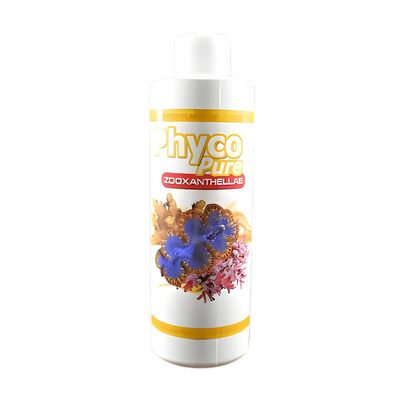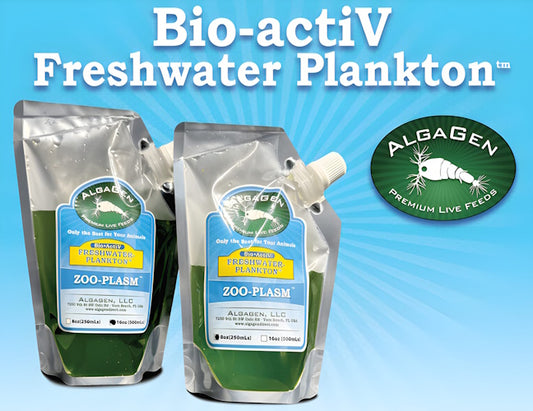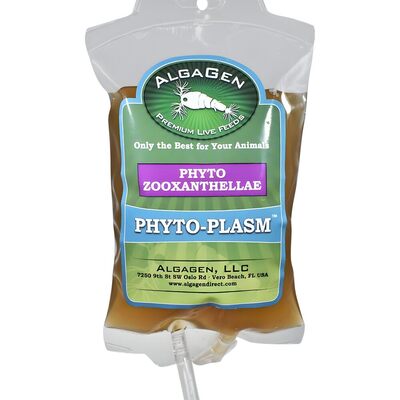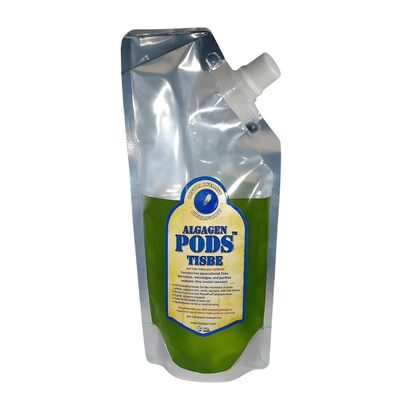If you’re culturing or purchasing phytoplankton for your aquarium, one big question is: how long do these tiny organisms last before they lose their vitality and benefits? Phytoplankton are the foundation of many marine food webs and provide essential nutrients to corals, filter feeders, and other marine life. Handling and storing them properly can make a huge difference in their shelf life and effectiveness.
Phytoplankton Shelf Life Basics
The lifespan of a phytoplankton culture depends on various factors including species, storage conditions, and whether it’s a live or preserved product. Typically, live phytoplankton cultures can last from a few days to a couple of weeks if kept properly. Preserved or freeze-dried forms last much longer but may have reduced nutritional value.
Ideal Storage Conditions
- Temperature: Keep live cultures refrigerated between 39–46°F (4–8°C) to slow metabolism and extend viability.
- Light Exposure: Limit exposure to light—phytoplankton are photosynthetic but sensitive to excessive light when stored.
- Oxygen Levels: Aeration helps keep some live cultures fresh, but many store them in sealed containers to prevent contamination.
- Container: Use clean, airtight containers to prevent bacterial contamination which can rapidly decrease culture life.
Signs Your Phytoplankton Culture is Declining
- Color fades or changes dramatically, often from greenish to brown or cloudy.
- Odor develops, usually sour or unpleasant, indicating bacterial growth.
- Reduced or no visible movement in live cultures under magnification.
- Decreased effectiveness when feeding corals or filter feeders.
Extending Phytoplankton Culture Life
- Purchase from reputable suppliers with fresh stock and clear expiration dates.
- Refrigerate immediately upon arrival and avoid temperature fluctuations.
- Ideally, start new cultures regularly rather than storing for extended periods.
- Consider culturing your own phytoplankton at home for continuous fresh supply.
Quick Reference Table: Phytoplankton Culture Lifespan
| Culture Type | Typical Lifespan | Storage Notes |
|---|---|---|
| Live Cultures | 5–14 days | Refrigerate; gentle light; airtight container |
| Preserved/Freeze-Dried | Months to years | Store sealed, dry, and cool |
| Frozen | Several months | Keep frozen until use; thaw gently |
FAQs: Phytoplankton Culture Duration
Q: Can I revive an old phytoplankton culture?
A: Often no. Declining cultures usually lose viability, and feeding these to marine life can do more harm than good.
Q: How often should I replace my phytoplankton cultures?
A: For best results, use or refresh live cultures every 1–2 weeks depending on storage and tank needs.
Q: Can I grow phytoplankton at home?
A: Yes, culturing at home allows a fresh, continuous supply but requires proper equipment and attention.
Pro Tips for Fresh Phytoplankton
- Keep cultures in dark, cool environments but don’t freeze live cultures.
- Handle containers gently to avoid shocking the organisms.
- Use cultured phytoplankton like PhycoPure™ Green Water for best tank results.
- Maintain good aquarium water parameters to maximize benefits from phytoplankton feeding.
“Fresh phytoplankton means happy corals and thriving reef ecosystems. Keep your cultures healthy, and your tank will thrive.”
Further Reading & Product Spotlight
For more on phytoplankton care and reef health, visit Top 5 Live Feeds for Thriving Reef Tank Ecosystems. Try fresh phytoplankton like PhycoPure™ Green Water for the best results.
Conclusion
Phytoplankton cultures don’t last forever, but with proper storage and timely use, they provide vital nutrition for your reef’s ecosystem. Fresh, healthy cultures are key to thriving corals and aquarium health.





Recent post